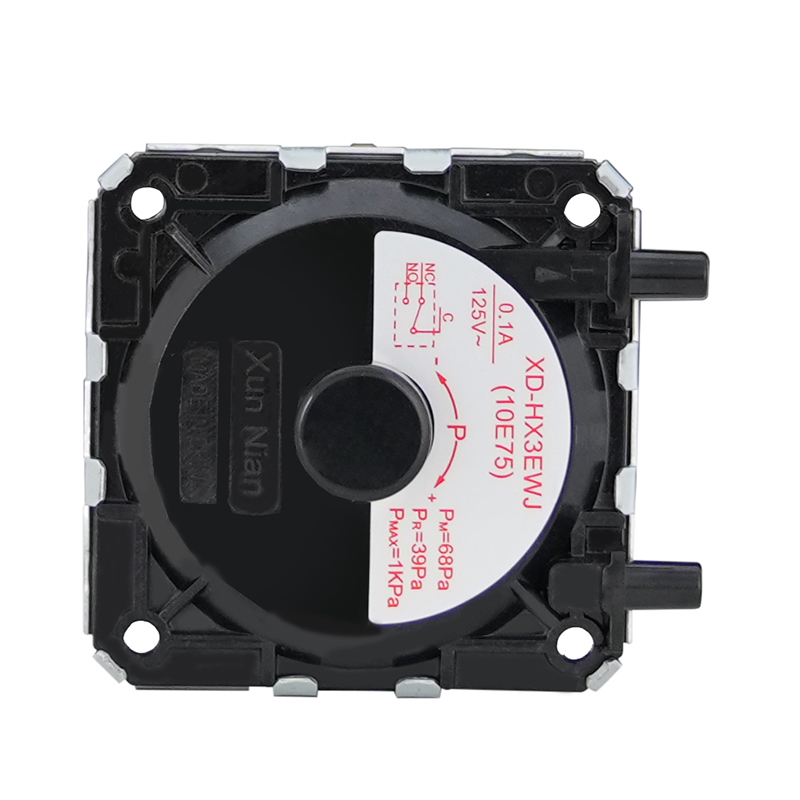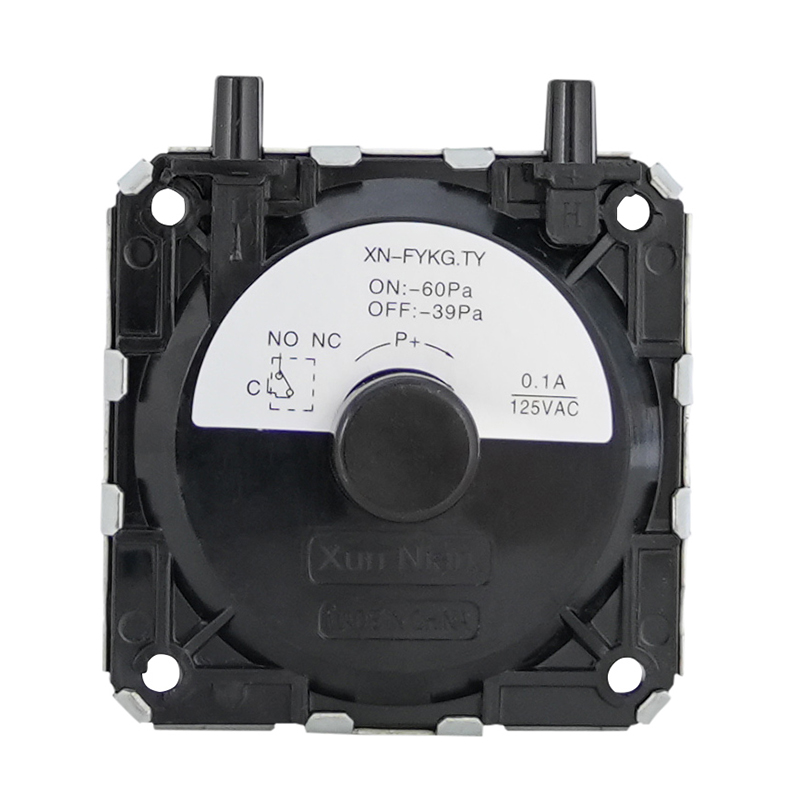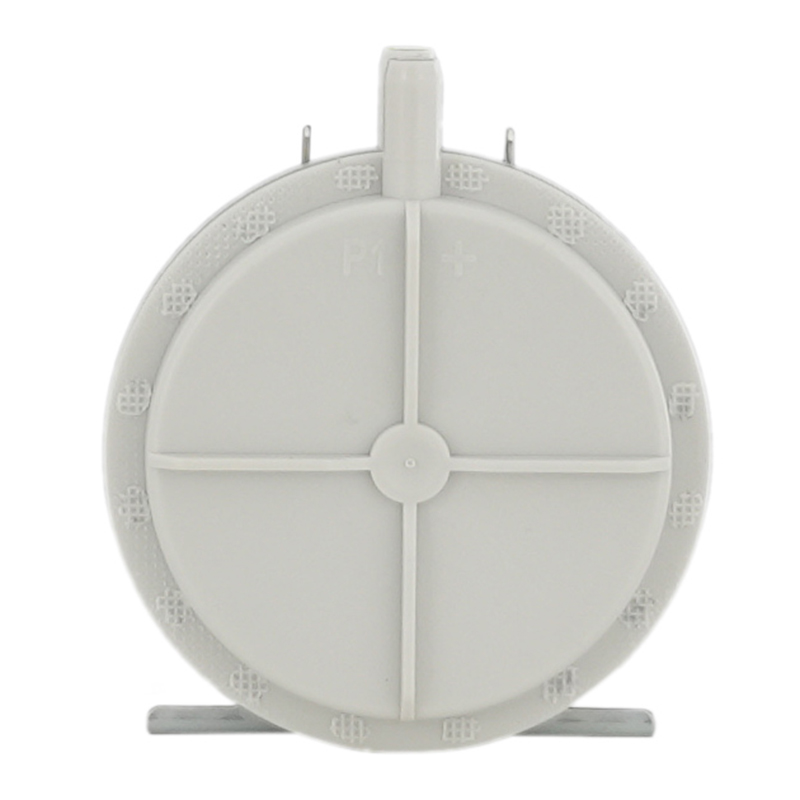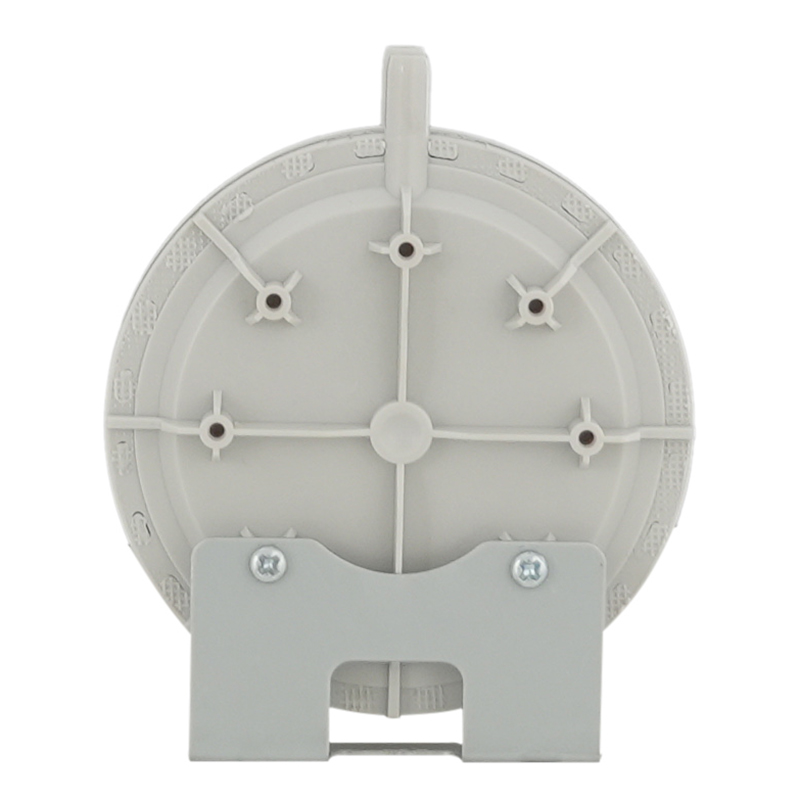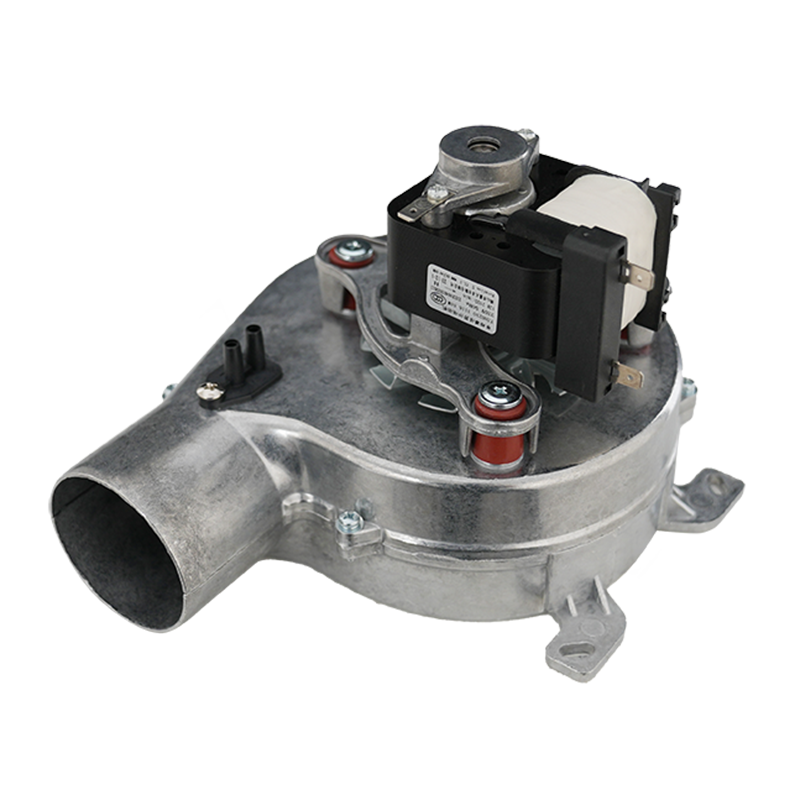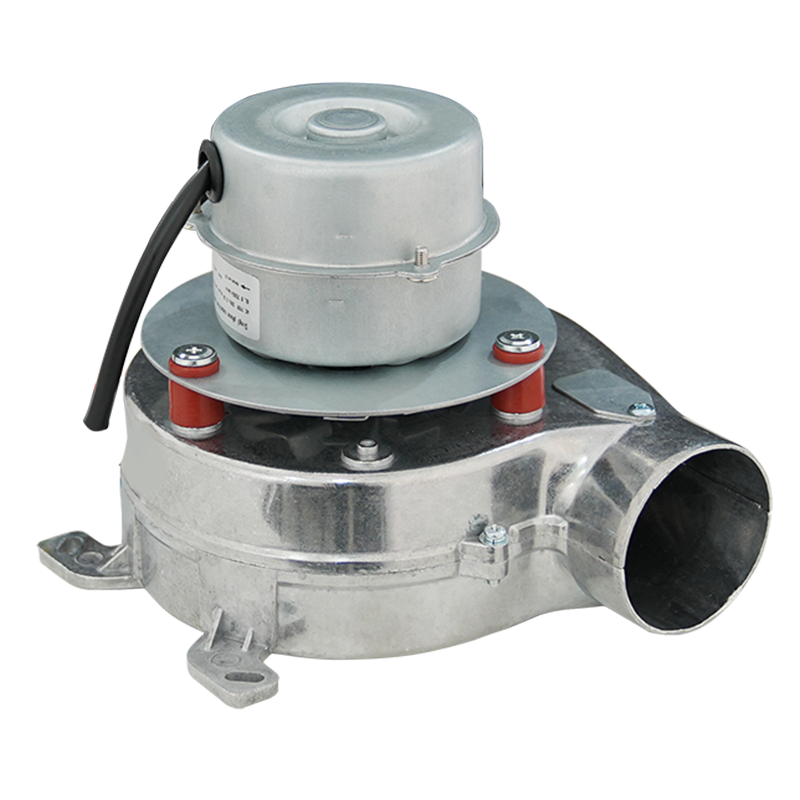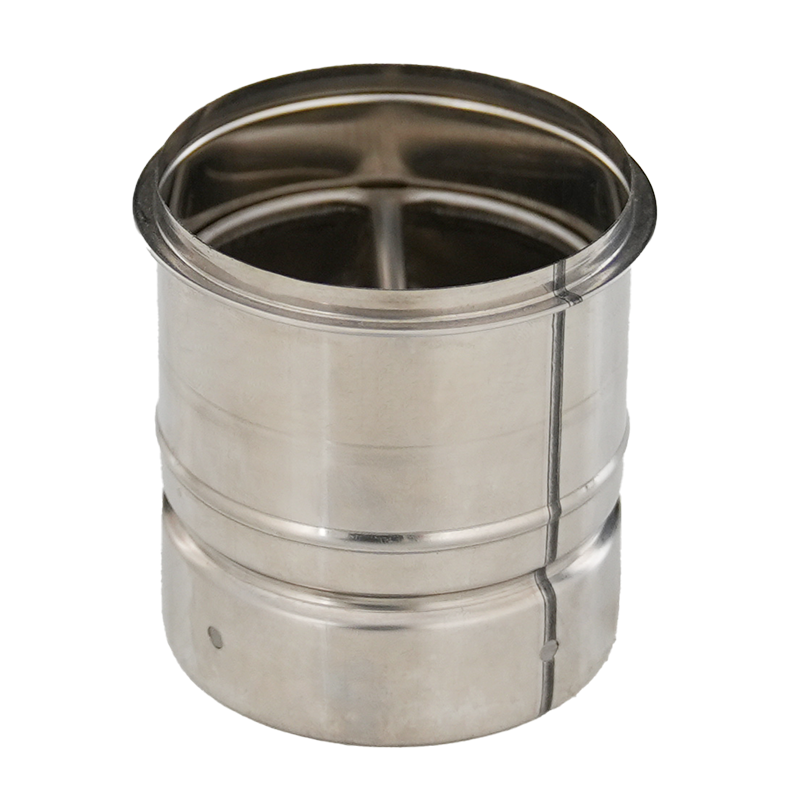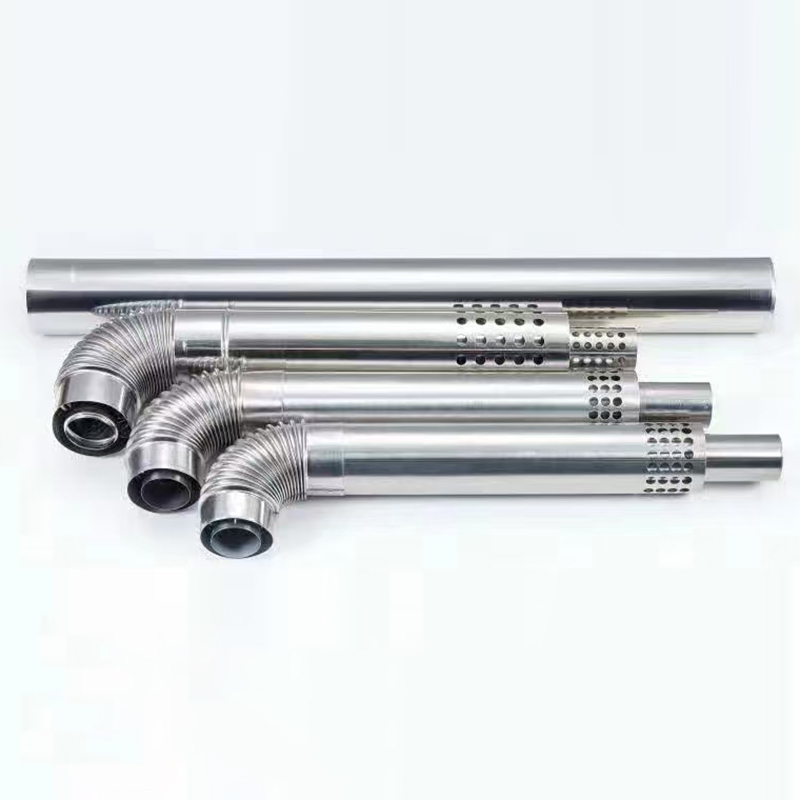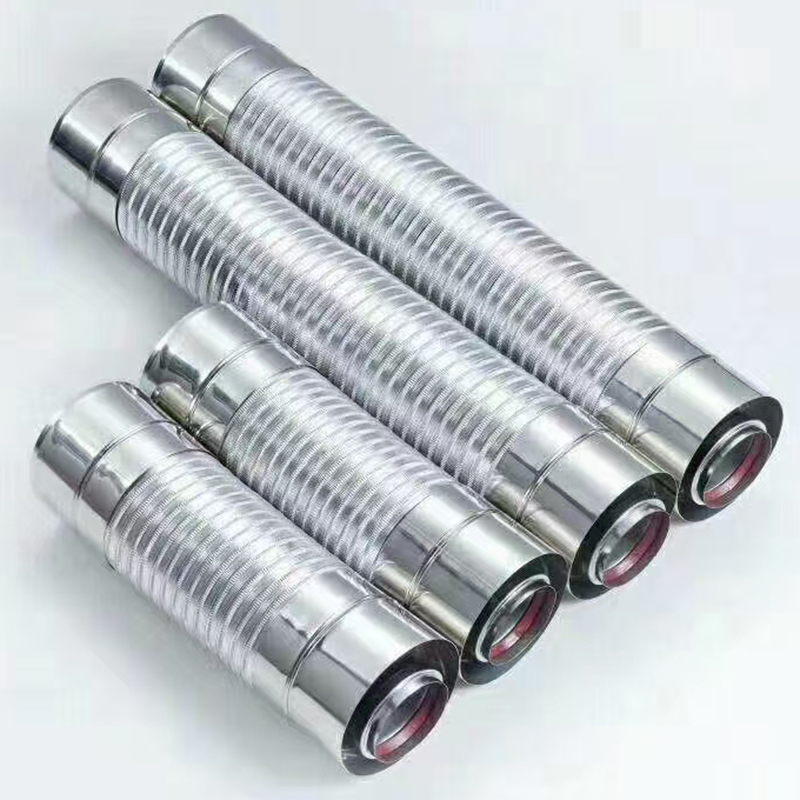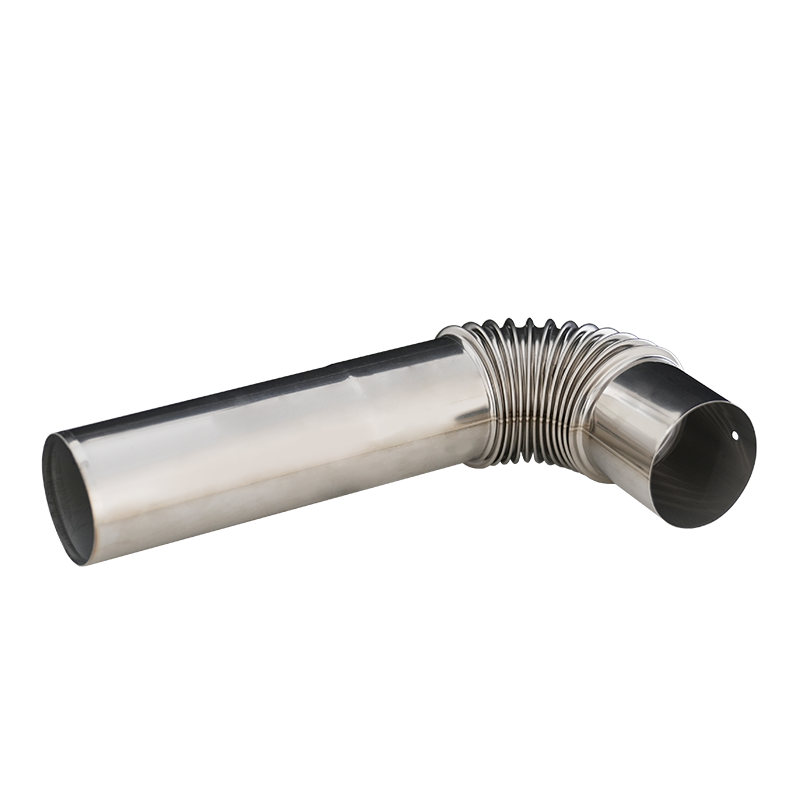In the cutting workshops of hardware and machinery factories, metal shavings and engine oil vapor fill the air, forcing workers to operate while wearing thick masks; in the reactor workshops of chemical enterprises, if volatile gases are not discharged in a timely manner, they will not only corrode equipment but also pose potential safety hazards; in the baking workshops of food processing plants, high-temperature water vapor condenses on the ceiling and drips onto products, affecting their quality... These troublesome "air problems" in industrial scenarios often require a professional "air-moving expert" to solve — and that expert is the AC Industrial Centrifugal Exhaust Fan. Never again regard it as just a simple "air-blower"; it is actually a "Chief Moving Officer" capable of moving air accurately and efficiently, clearing "air obstacles" for industrial production with its powerful performance.
More Than Just "Blowing Air": It's an Air Steward for "Precise Movement"
When many people hear the term "ventilation fan," their first thought is, "Isn't it just for sucking out dirty air?" But the capabilities of the AC Industrial Centrifugal Exhaust Fan go far beyond simple "air-blowing." Its core advantage lies in its unique working principle of "centrifugal force drive" — unlike ordinary axial fans that blow air in a "straight line," when the impeller inside it rotates at high speed, it generates strong centrifugal force. This force draws air into the center of the impeller, then flings it out at high speed along the tangential direction of the impeller. Guided by the volute-shaped casing, the air is "directionally moved" to designated pipelines or areas. This design allows it to precisely control the direction, speed, and volume of air flow — just like using professional tools to sort and move items in a targeted way during a house move, rather than piling them up randomly.

Take the painting workshop of an auto parts factory as an example: different workstations produce different concentrations of paint mist, requiring adjustments to the exhaust volume based on the pollution level of each station. The AC Industrial Centrifugal Exhaust Fan can adjust the motor speed to accurately "capture" the paint mist from each workstation and move it to waste gas treatment equipment. This not only prevents the paint mist from spreading and polluting other areas but also avoids energy waste caused by excessive exhaust. The person in charge of an auto parts factory did the math: after switching to this fan, the paint mist removal rate in the painting workshop increased from 75% to 98%. Workers are no longer troubled by the pungent smell, and at the same time, due to precise exhaust control, the monthly electricity bill has been reduced by 1,200 kWh compared to before.
Robust Performance: Undertaking the "Air-Moving" Task in Industrial Scenarios
As an industrial-grade "Chief Moving Officer," the AC Industrial Centrifugal Exhaust Fan boasts robust "physical fitness." The AC motor it is equipped with adopts a copper wire winding design, which not only ensures stable startup but also endures long-term high-load operation — even in a high-temperature workshop of 40℃, after 24 hours of continuous operation, the motor temperature can be controlled within 65℃, with no risk of overheating and shutdown. Compared with the shortcoming of ordinary fans that "get hot after 3 hours of operation," its durability has won praise from many factory owners.

More importantly, its "moving capacity" is impressive: the air volume range covers 1,000 m³/h to 50,000 m³/h, meeting the diverse needs of small workshops to large factories; the maximum static pressure can reach 1,500 Pa, enabling it to easily "deliver air to the destination" even in the face of resistance from 50-meter-long complex pipelines with multiple bends. In the steelmaking workshop of a large iron and steel plant, high-temperature flue gas mixed with dust could not be discharged from the deep part of the workshop by ordinary fans, resulting in low visibility and difficult equipment heat dissipation. After switching to the AC Industrial Centrifugal Exhaust Fan, with its 1,200 Pa static pressure and 30,000 m³/h air volume, it only takes 5 minutes to discharge all the high-temperature flue gas in the workshop. The workshop temperature has dropped by 8℃, and the equipment failure rate has decreased by 30%.
In addition, it has been specially optimized for the "harsh environments" of industrial scenarios: the casing is made of welded Q235 steel plates, with a surface treated by electrostatic spraying. Even if it is in long-term contact with corrosive gases in chemical workshops or metal dust in machinery factories, it will not rust or deform; the impeller is made of aluminum alloy and has passed dynamic balance testing. The noise during operation can be controlled below 75 decibels, which is 15 decibels lower than that of ordinary fans, effectively improving the working environment of the workshop. In the spinning workshop of a textile factory, in the past, with ordinary fans, the noise of machines overlapped with that of fans, forcing workers to wear earplugs. Now, after switching to this centrifugal exhaust fan, the workshop noise has been significantly reduced, and the workers' comfort has been greatly improved.
If your factory is still troubled by problems such as air pollution, stuffy environment, and equipment failures, you might as well take a look at this "Chief Air-Moving Officer" — it may not directly produce products, but it can create a good environment for production, help you clear the "air obstacles" on the production path, and make industrial production more efficient, safer, and more environmentally friendly. After all, a good production environment starts with "good air movement.


